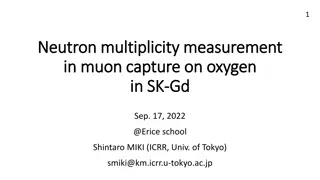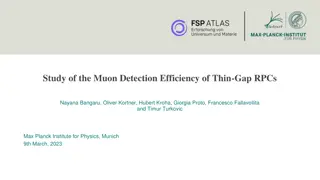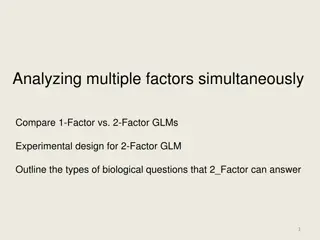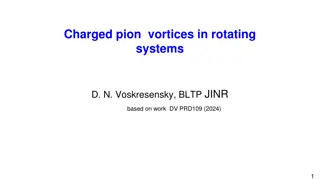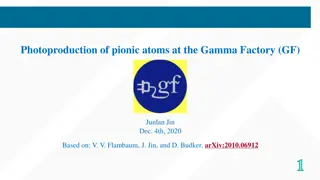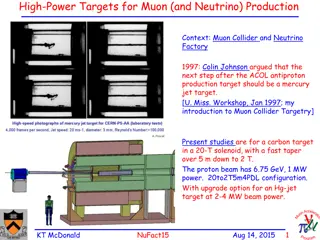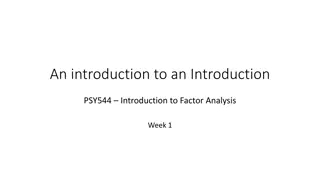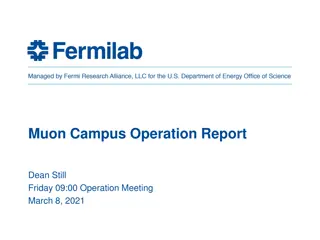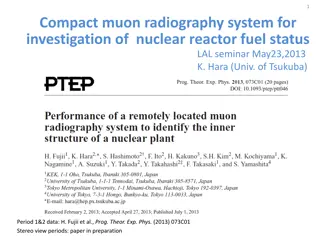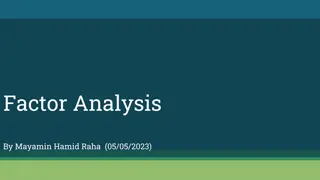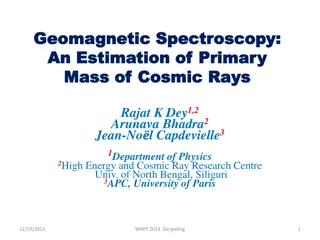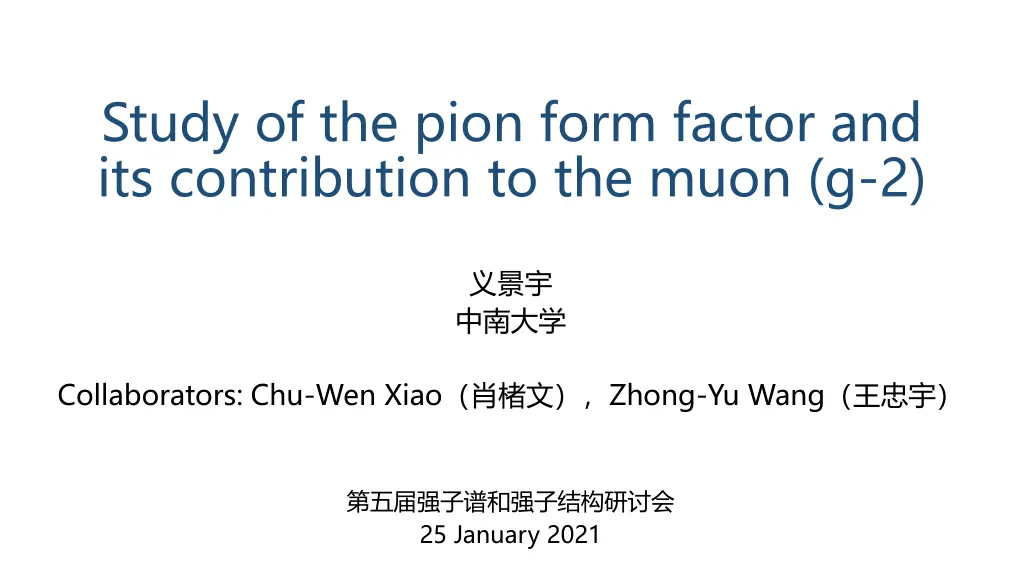
Pion Form Factor Contribution to Muon (g-2) Study
Dive into the study of the pion form factor and its significance in the muon's anomalous magnetic moment (g-2). Explore the collaboration results, theoretical predictions, experimental measurements, and the impact of different contributions on the overall precision. Understand the resonance contributions and the models used to analyze the pion form factor.
Download Presentation

Please find below an Image/Link to download the presentation.
The content on the website is provided AS IS for your information and personal use only. It may not be sold, licensed, or shared on other websites without obtaining consent from the author. If you encounter any issues during the download, it is possible that the publisher has removed the file from their server.
You are allowed to download the files provided on this website for personal or commercial use, subject to the condition that they are used lawfully. All files are the property of their respective owners.
The content on the website is provided AS IS for your information and personal use only. It may not be sold, licensed, or shared on other websites without obtaining consent from the author.
E N D
Presentation Transcript
Study of the pion form factor and its contribution to the muon (g-2) Collaborators: Chu-Wen Xiao Zhong-Yu Wang 25 January 2021
Outline 1. Muon 2. Pion 3. 4. 5.
Muon The Dirac equation predicts a muon magnetic moment with gyromagnetic ratio The anomalous magnetic moment of the muon is experimentally and theoretically known to very high accuracy
? Latest measurement at Brookhaven National Laboratory Latest Standard Model (SM) prediction by Davier et al. the difference between experiment and theory (3.3 )
? The prediction of the Standard Model can be divided into its different contributions The theoretical precision is limited by the lowest-order (LO) hadronic vacuum polarization (HVP) term
K(s) decreases monotonically with increasing s About 73 of the ? the total uncertainty are given by the + final state ??,??contribution and about 60 of
Pion We consider the Julich model for the pion form factor where ? ? = 1 + ?, is a free parameter, and (?) is the Omnes function with 11(?) the p-wave phase shift, which can be taken from the Madrid model s result.
The Omnes function is mainly considered the resonance contribution of the meson One can replace the Omnes function with the Breit-Wigner form with the mass and width treated as free parameters
One can use the more common one since the large width
We want to check the difference between KS model and the GS model
Since ?+?data show the mixing effects, we should take into account this effect The Julich model for the pion form factor where ? ? = 1 + ?, is a free parameter.
Results 1. BESIII, SND, KLOE, CMD, CMD2, Orsay, DM1, DM2 BABAR 2. ? ??,??( + ) 1 GeV




